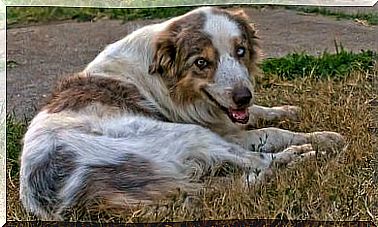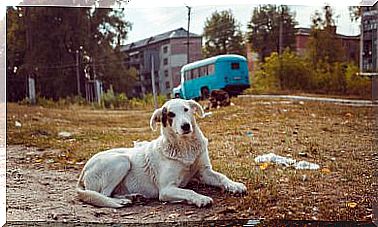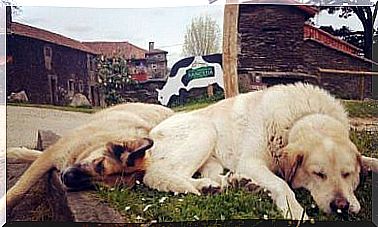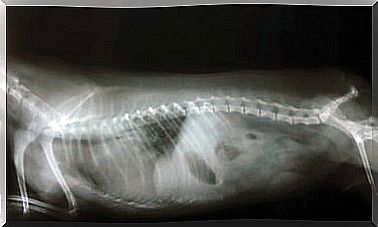How To Disinfect Wounds In Dogs From Home?
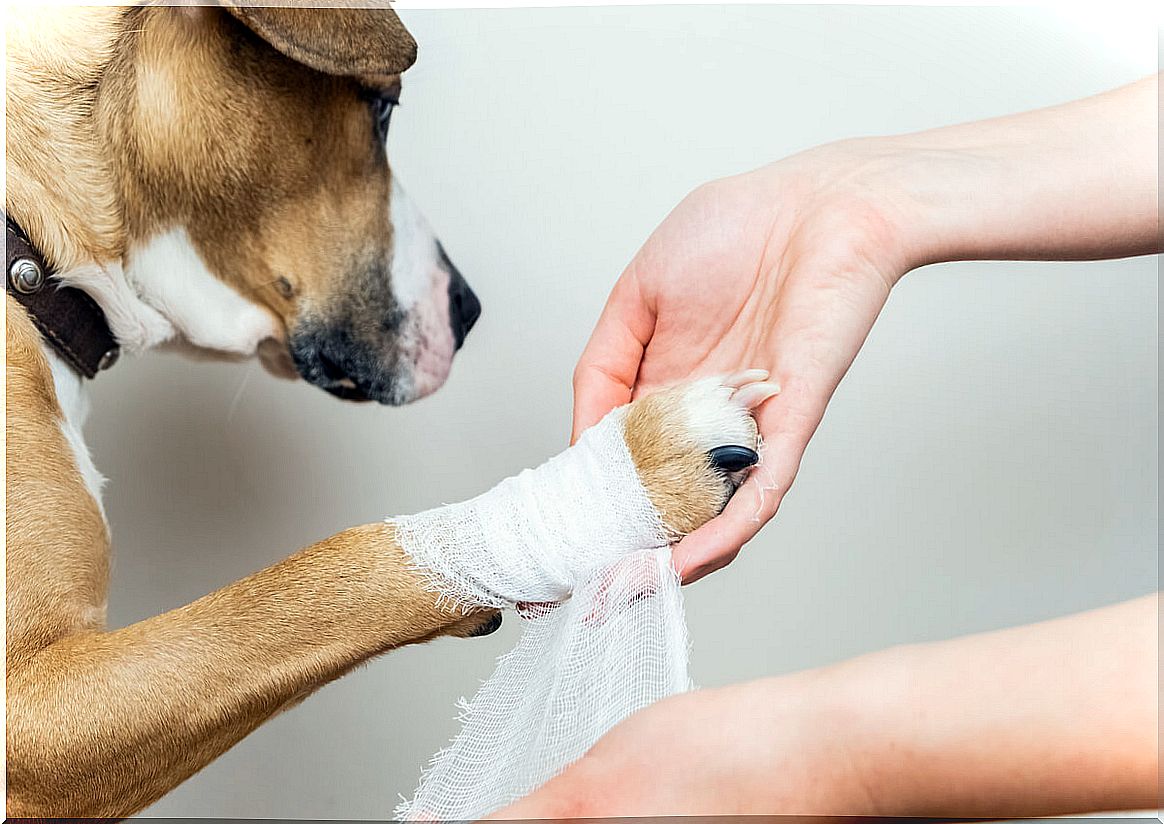
Superficial wounds can be very common in those dogs that regularly walk in the park or field. When the injury does not pose a danger to the animal’s health – due to its depth or potential risk of infection – the guardian can clean and disinfect it at home.
It is very important to carry out a correct washing and a good disinfection of the wound to avoid the proliferation of bacteria and other pathogens that can cause an infection. Remember that the skin is the body’s first immune defense barrier.
What kinds of wounds can be cured at home?
Keep in mind that not all wounds can heal properly at home. Depending on the affected area, the severity, depth of the wound or what caused it, veterinary help may be necessary to address it.
If the lesion is very deep, it will require a quick veterinary intervention, since sometimes it is necessary to put stitches or administer some kind of antibiotic medicine to the dog to avoid bacterial proliferation or to further complicate the existing clinical picture.
Wounds that can be cured at home are the most superficial and do not pose a danger to the animal. Even so, it is important that the cure is correct, as this can mean the difference between a minor injury or a serious systemic infection.

How to disinfect wounds in dogs
To heal a wound properly it is necessary to follow a few simple steps. These will be repeated throughout the days if necessary, until the appearance of the affected area improves. We will tell you about them below.
1. Identify the type of wound
Knowing what caused the wound is important, especially if a subsequent infection occurs. It is a piece of information that you must communicate to the veterinarian if complications arise throughout the dog’s healing process. The most common injuries are usually the following:
- Superficial cuts : with branches, sharp objects and field fences, for example.
- Ripped nails.
- Bites from other dogs : these wounds can be the most dangerous and those that need some type of antibiotic to prevent infection.
- Scratches
- Burns.
- Injuries to the pads : these are typical when the dog walks on surfaces such as asphalt or snow. There are protective and repair creams for pads that can be purchased at any pet store.
2. Clean the wounds in dogs well
Washing is an important part of initial wound care. Cleaning ensures the removal of debris – hair, dirt, and dirt – and bacteria. If you cannot see the area of the hair wound well, you can cut the hair in the area. A cosmetic flaw is much better than an infection.
Wash your hands first before treating the wound, although you can also use gloves. Once prepared, very carefully remove any debris that may have entered or are near the wound. It may be necessary to use tweezers for this in some cases.
To wash the injury, use a sterile gauze soaked in physiological saline — it is much better than cotton, since it can leave fibers in the wound — and gently clean the wound, avoiding passing from the dirty area to the clean one. Seek help to immobilize the animal if you think it may bite you.
3. Now disinfect
The most used products to disinfect wounds are chlorhexidine and povidone iodine. These substances can be purchased both at the clinic and at the pharmacy in different formats. Don’t use alcohol. Apply disinfectants using gauze in one direction, without going back from the infected to the disinfected area.
4. Let it dry or cover?
It is best to air dry the lesion, but if the animal can lick or scratch, cover it to prevent infection. Certain wounds require a dressing or bandage that must be changed regularly to prevent the growth of bacteria. Remember: heat and humidity promote the growth of pathogens.
5. Monitor the evolution of wounds in dogs
Superficial wounds usually heal on their own, so you don’t need to worry too much. Still, you should be vigilant: watch for redness, swelling, or pus in the affected area. In these cases, you will need to continue washing and disinfecting the wound while it heals.
There are antibiotic and healing creams – such as blasto-stimulin – indicated for infected wounds or those at risk of infection that you can order at the vet if necessary. Even so, in these cases it is best to go to the clinic with the animal to evaluate the wound.
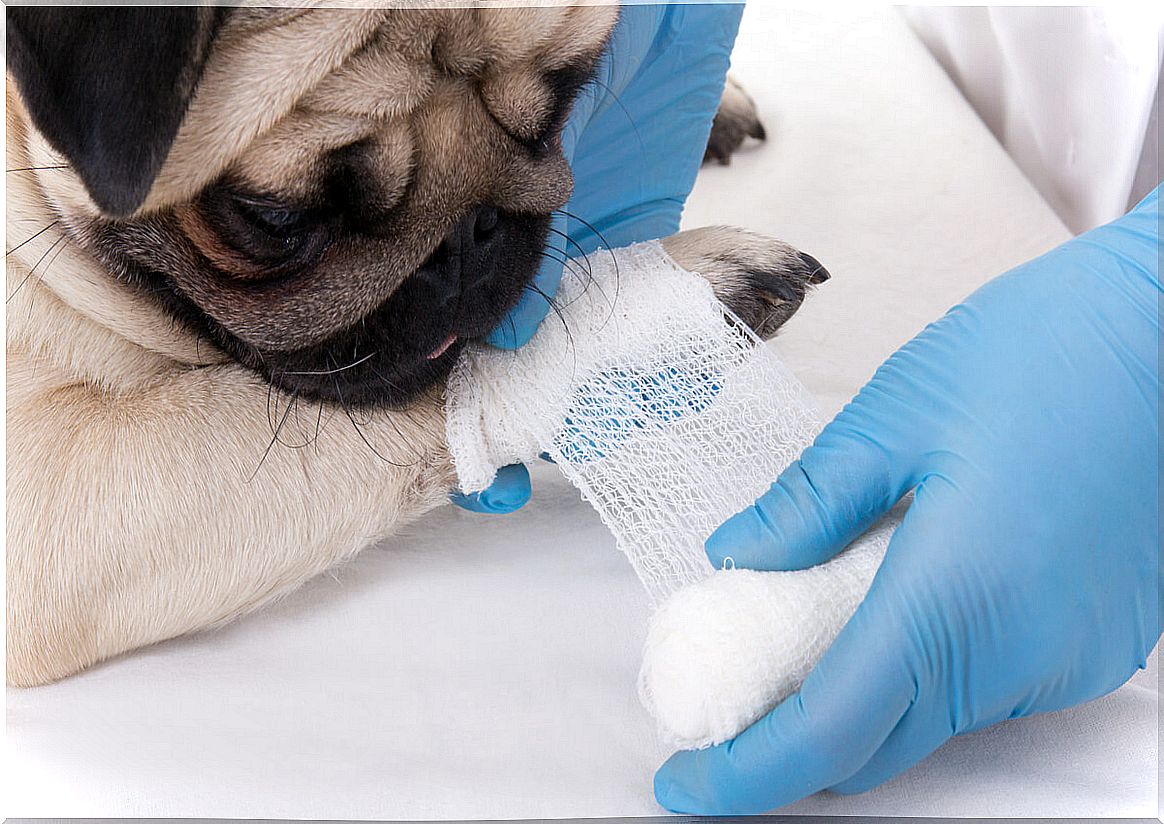
If despite following all these steps correctly the wound looks bad, continues to ooze or does not heal, you should go to the vet to prevent the animal from getting worse. In many cases, a seemingly minor injury can lead to a serious infection that must be treated by a professional.

